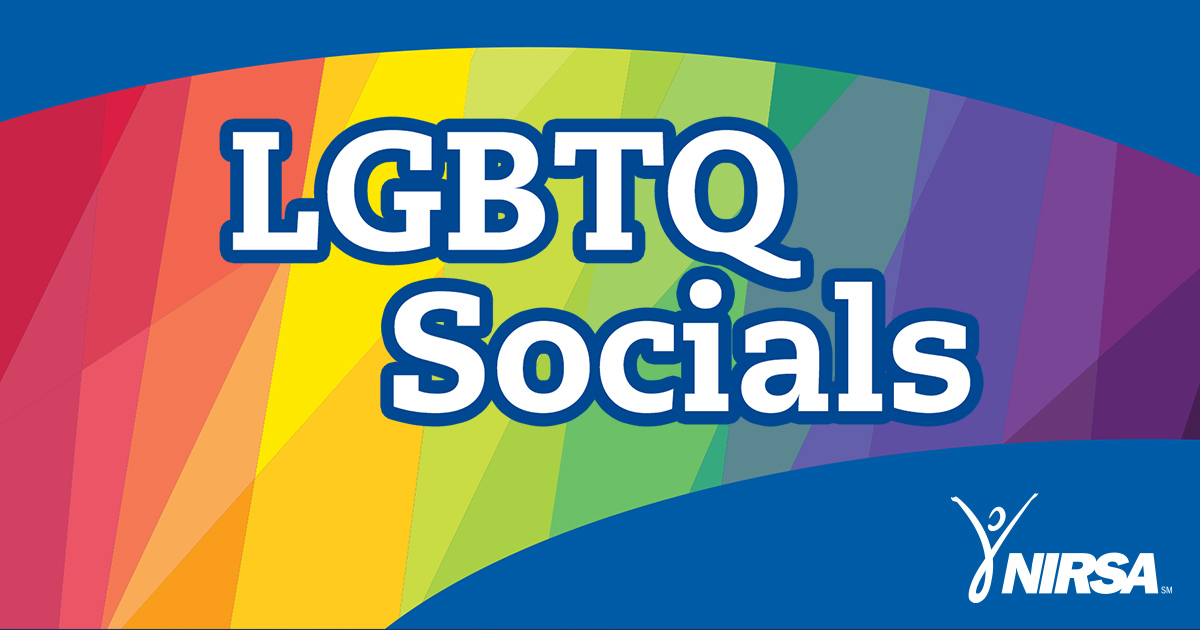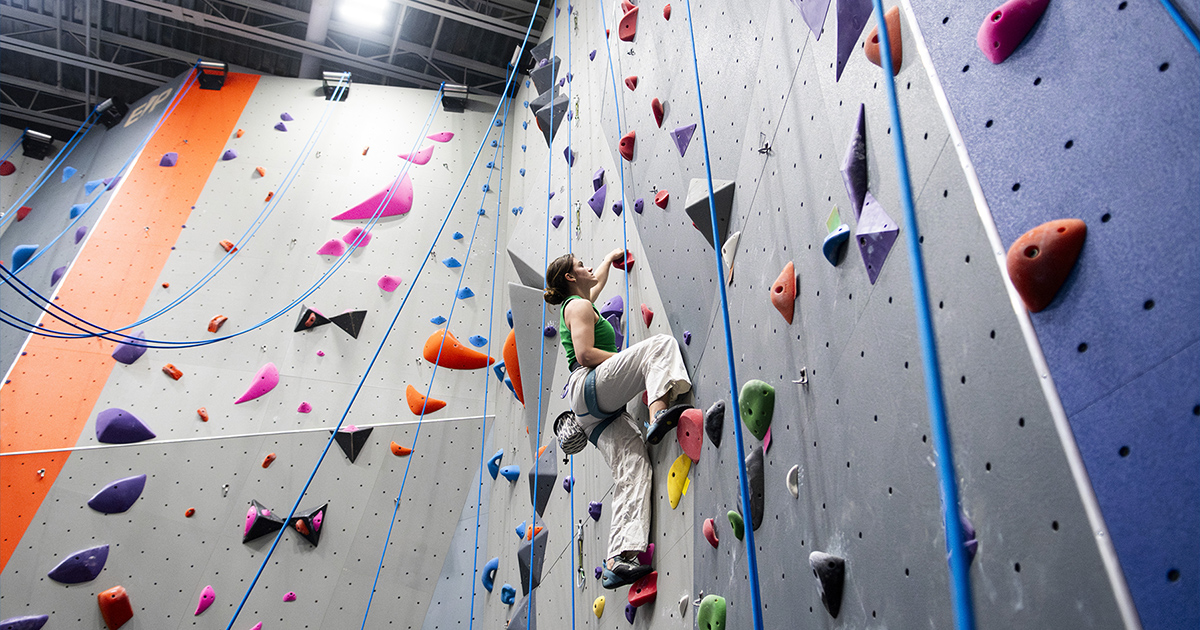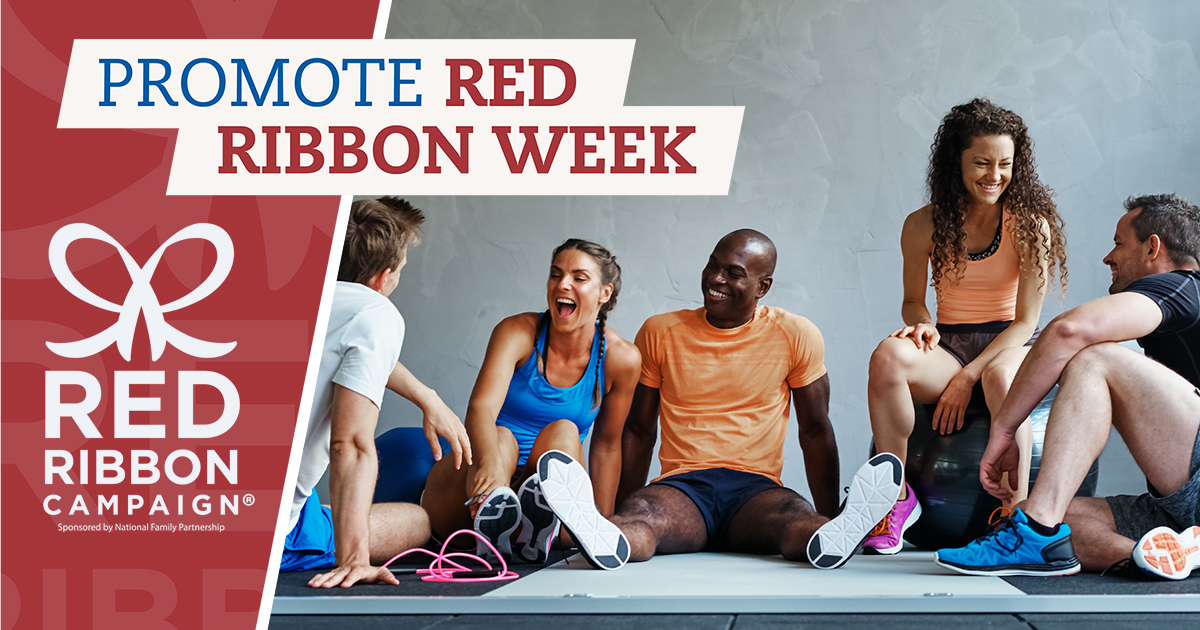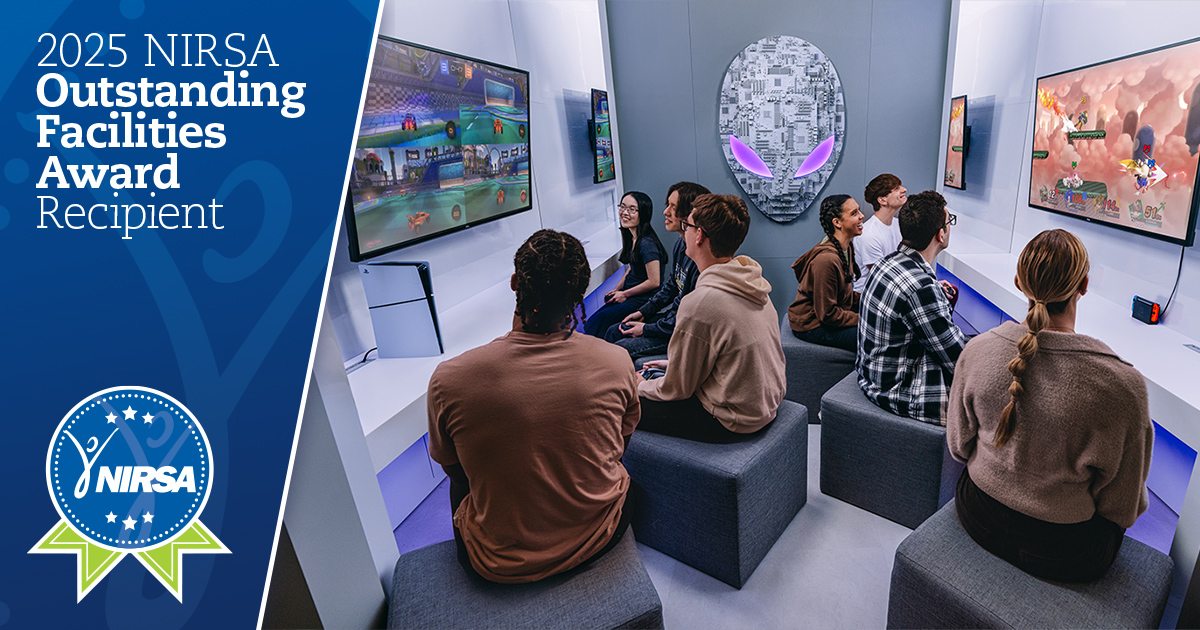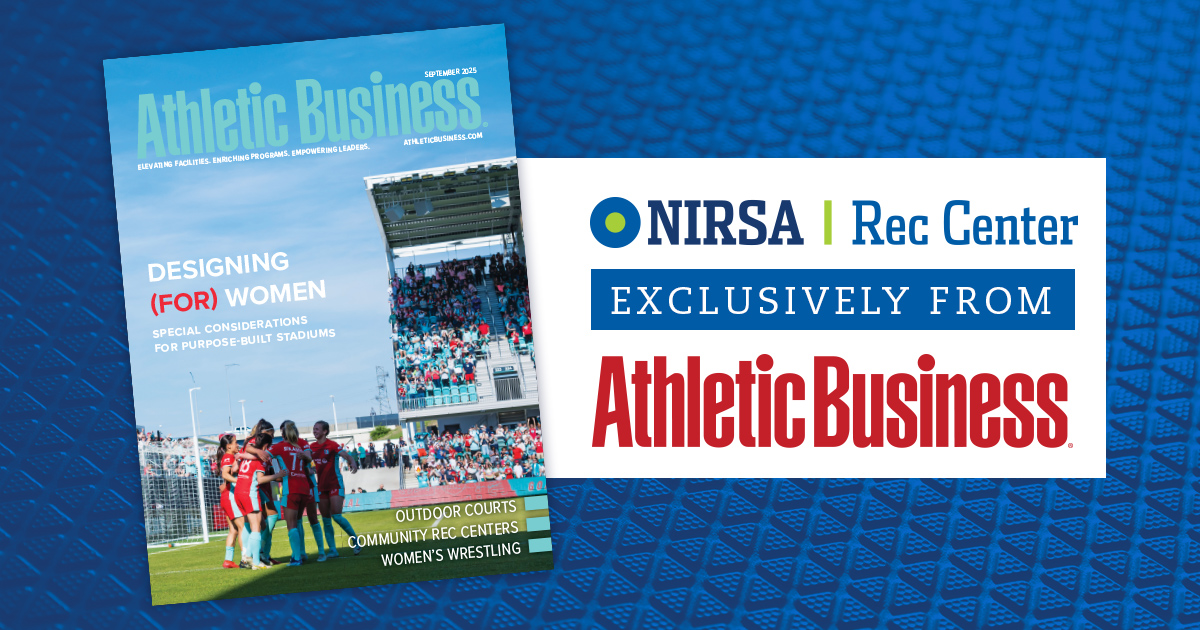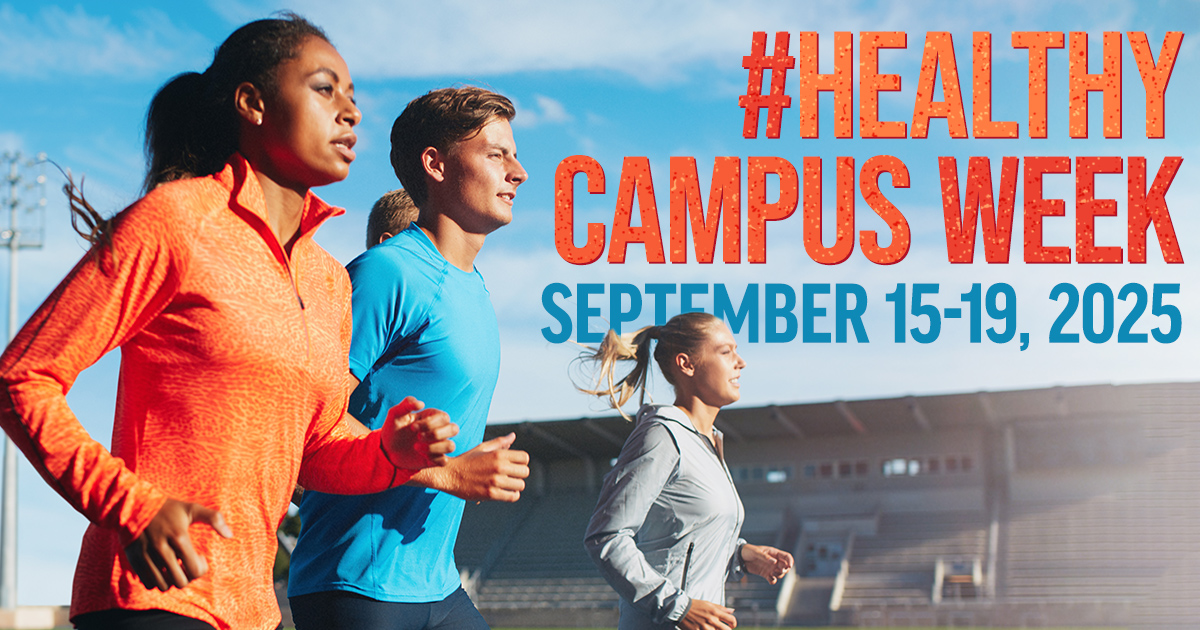What a privilege it is to walk into a room and feel like you belong; what a luxury it is to know that you can be yourself without worrying about your safety or how others will react to you. NIRSA strives to be that place for all members, and while many have felt welcome from their first NIRSA experience, that sense of belonging was not created without struggle, advocacy, and true allyship for those in our community who identify as lesbian, gay, bisexual, transgender, or queer.
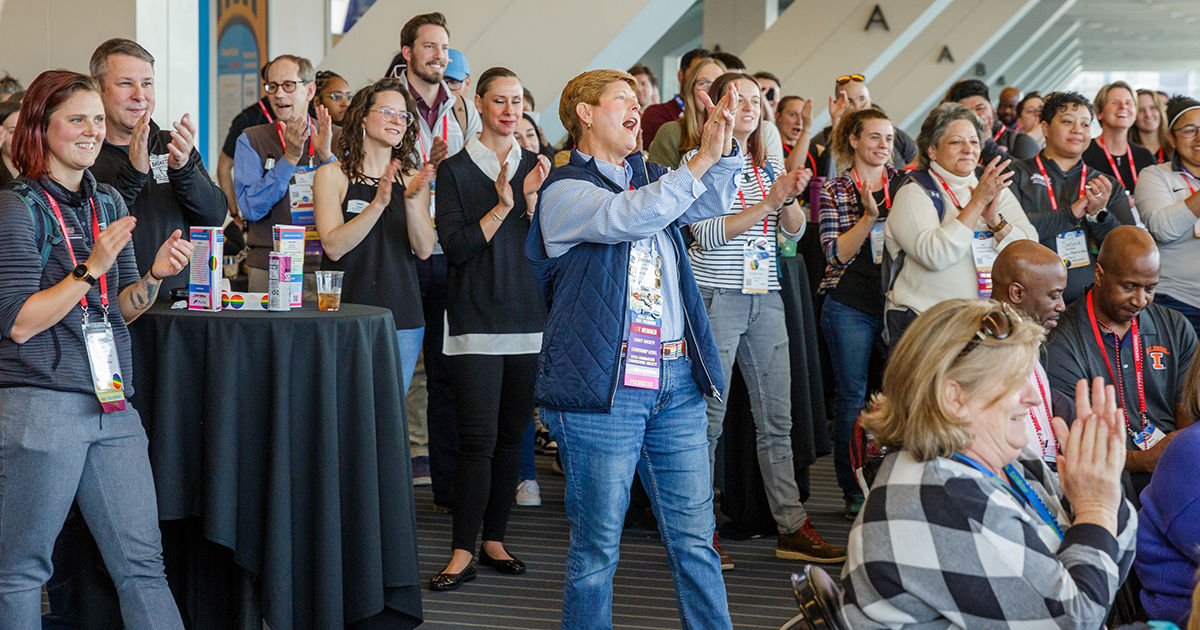
As someone who identifies as an ally, and who I hope would be perceived that way by my friends and colleagues, I am grateful to be writing this short article on behalf of NIRSA’s History & Legacy Committee.
Laurie Braden, Executive Director of University Recreation at Louisiana State University and Past President of NIRSA has been researching NIRSA’s history with and has compiled some really great information about the evolution of NIRSA’s relationship with the LGBTQ community within the ranks of NIRSA membership and volunteer leadership. Laurie has been gathering stories both from the folks who worked hard to get the acceptance and recognition of the LGBTQ community in our association, as well as stories from those who have benefitted from that work.
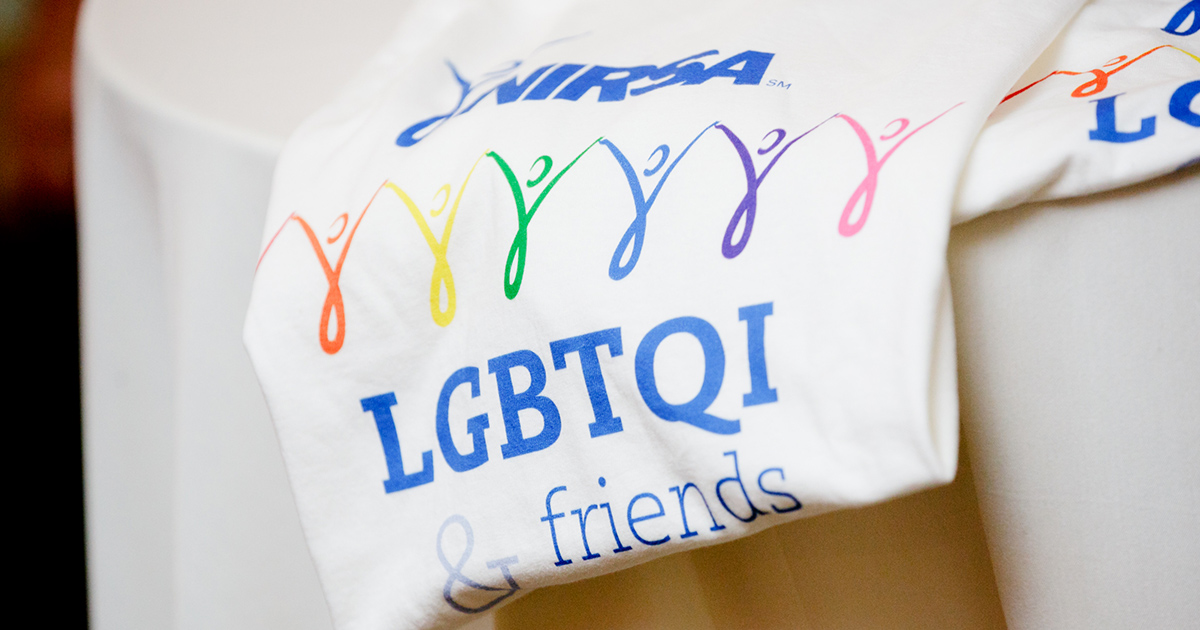
From what she’s been able to discover, NIRSA functioned as a “don’t ask, don’t tell” organization at the time of its founding and through its early years, including the period when women had been formally excluded from holding membership.
And even when women were readmitted into the association in 1971, nothing significant had changed about that philosophy. Despite attempts by those in the LGBTQ community to offer opportunities for discussion among LGBTQ individuals within the NIRSA community, attempts to bring a roundtable conversation on topics of interest or to organize a LGBTQ Social as part of the conference program were met with deflection.
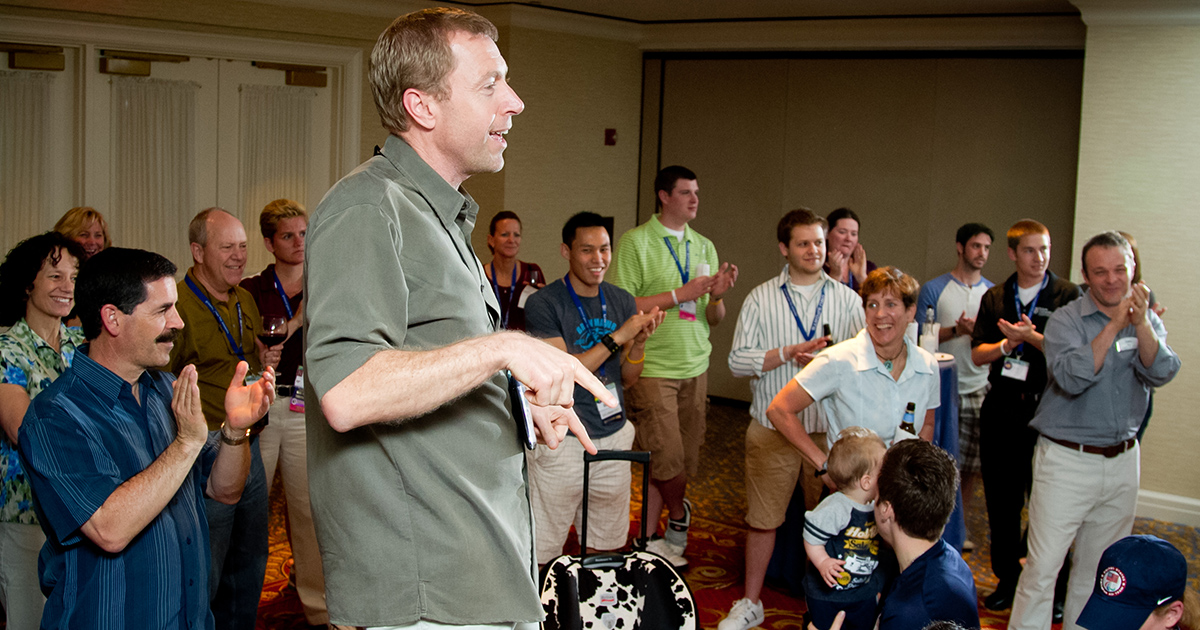
Making a home in NIRSA
The term Region 7 was coined by a small group of NIRSA members who identified as LGBTQ during a bowling outing in Reno, NV during the 1992 NIRSA Conference. Although the meet up was not officially organized by the association, it was that 1992 experience that the Region 7 Social was established. While it was not yet an established part of our association’s culture, those pioneering members started a tradition, grew their public presence, and offered a space for safety and support.
In their 2021 article, Allie Bogard and Rachel Finley celebrate the establishment and growth of Region 7. The article makes it clear that NIRSA members have not always been nearly as welcoming of the LGBTQ community as it is today. But, by the 90s, Laurie Braden recalls, “Region 7 was a safe place where I could network and get support from my peers—other gay women professionals working in campus recreation. We helped each other navigate struggles, particularly discrimination.”
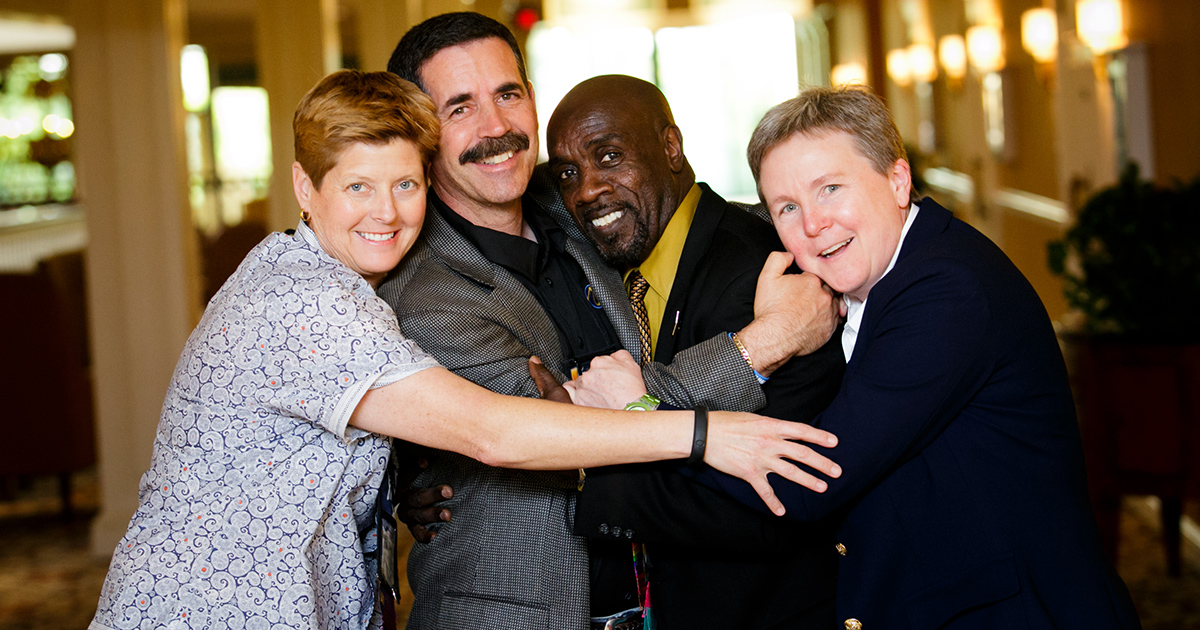
Still, it would not be until September of 2010 that the NIRSA Board of Directors unanimously approved motions to (1) Endorse placement of information about the LGBTQ Social within the Annual Conference program and (2) Endorse the LGBTQ Social as an ongoing member-led event with possible NIRSA financial support for future LGBTQ socials assessed after the conclusion of the 2011 Annual Conference.
Our progress as an association on this front is just that; it does not mean that we have it all figured out, but our commitment to continue to grow is something to be proud of.
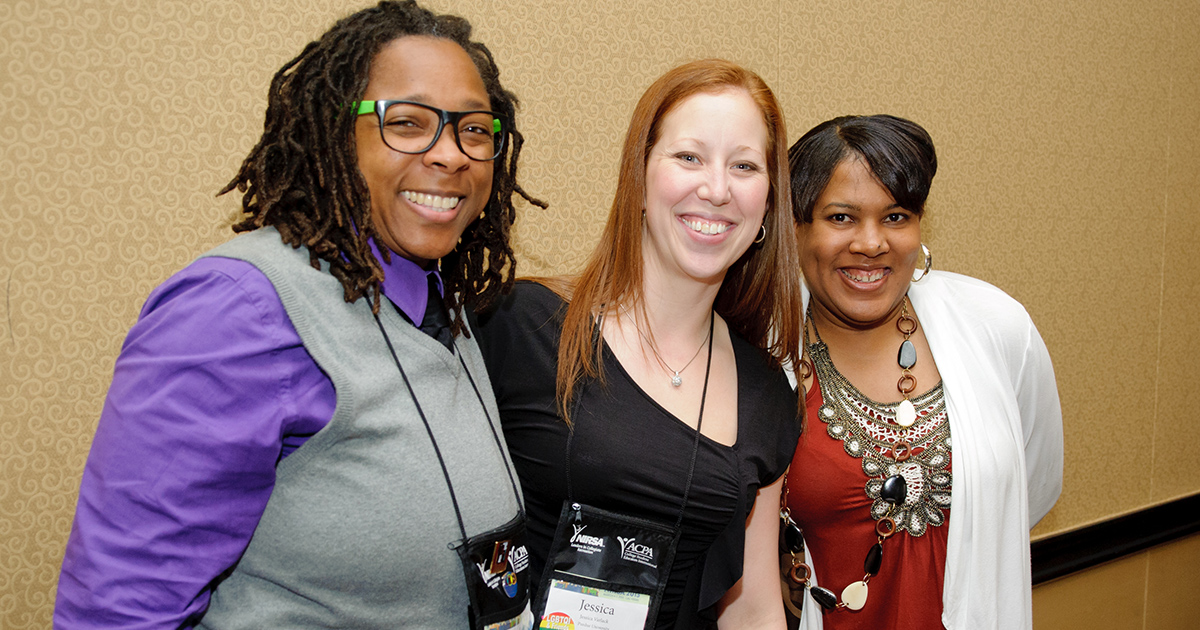
A new generation of NIRSA members
One hundred percent of NIRSA’s student membership and 73% of its professional membership is comprised of individuals who joined the association after 2010—they come to NIRSA with a different perspective than the members who can trace their association origins back to those early days of “Region 7.”
Amber Mateer, Associate Director of Student Life Operations, Plymouth State University has been a member of NIRSA since 2019. “Something in me knew that National soccer, NIRSA, the Championship Series, would be a space where I could fully become myself and stand in my identity,” they shared when describing their experiences with their gender journey.
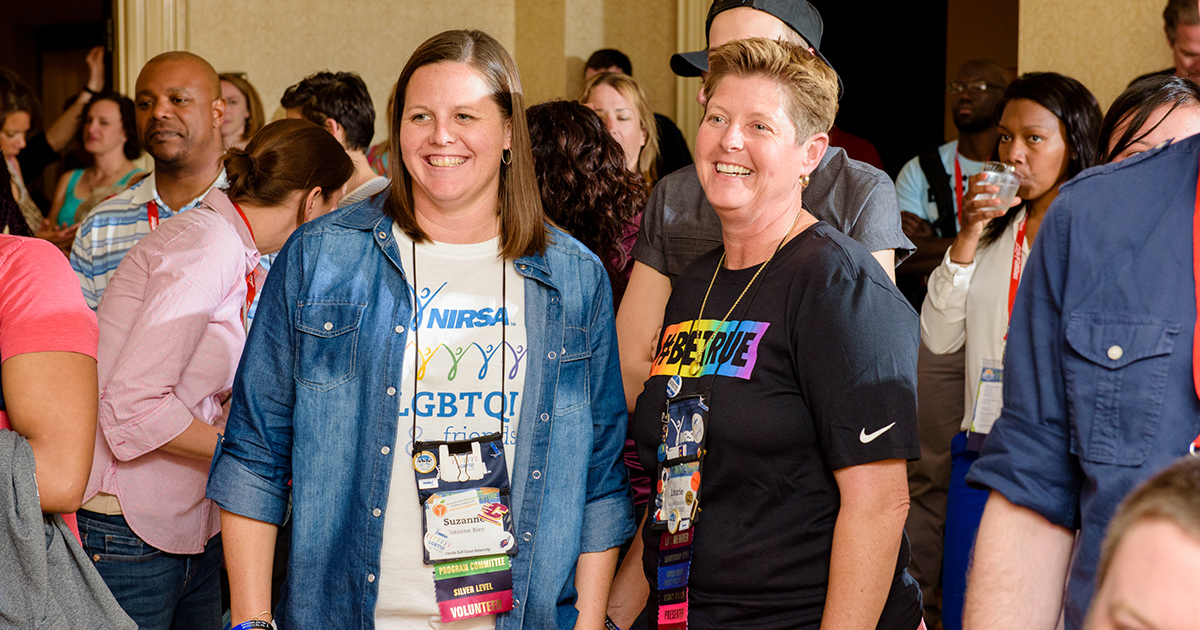
Nic Van Dyke, Sr. Associate Director of Campus Sports & Recreation, Facilities at Northeastern University – Oakland also shared the importance of having established professionals who identify as LGBTQ holding positions of leadership in campus recreation: “There was a younger recreation professional in their 20’s who asked about my experience of coming out, since this individual had not yet come out at work. I was glad to be able to make that connection since they may have felt isolated.”
NIRSA members who identify as lesbian, gay, bisexual, transgender, or queer are invited to connect with NIRSA’s LGBTQ Caucus and join in the regular virtual conversations hosted by NIRSA.
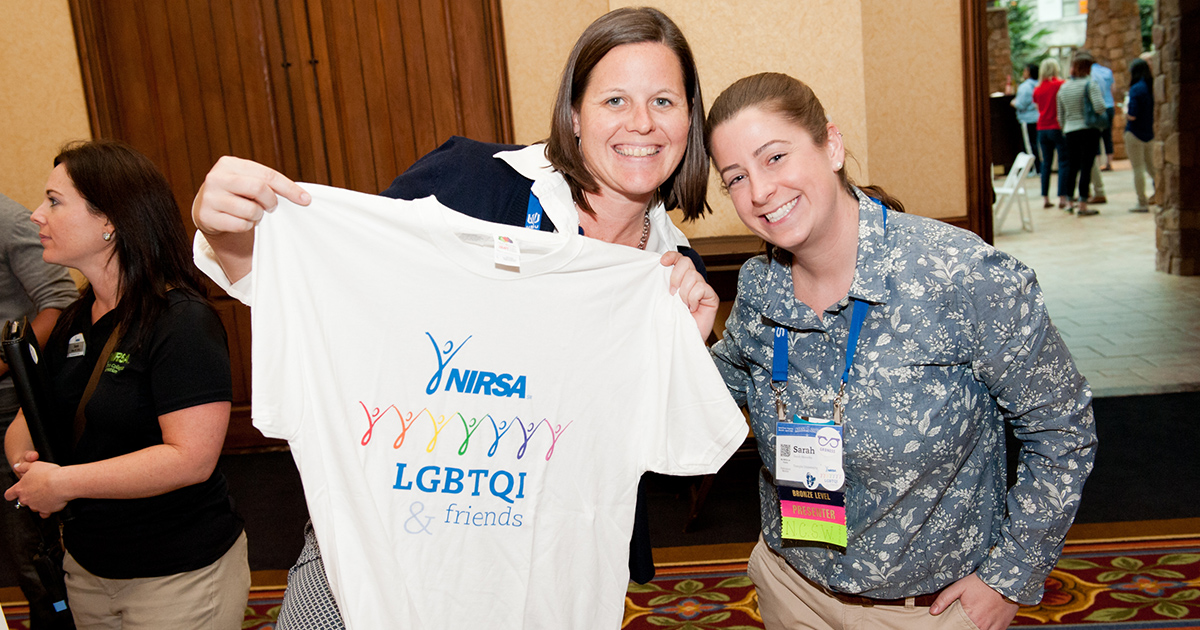
While there is more work for us to do as an association and as individuals, I hope that Pride 2024 has offered an opportunity for reflection and celebration of those who made this association what it is.
Linda Knight, Executive Director of Health & Wellness, College of William and Mary—who joined NIRSA in 1983—recently shared her thoughts about the value of studying our organizational history for the sake of our organizational future: “I never want to forget the past and those that helped us get where we are now. But, the NIRSA we are now is very supportive and welcoming. We need to remember and learn from the past, but grow into the future,” she says.
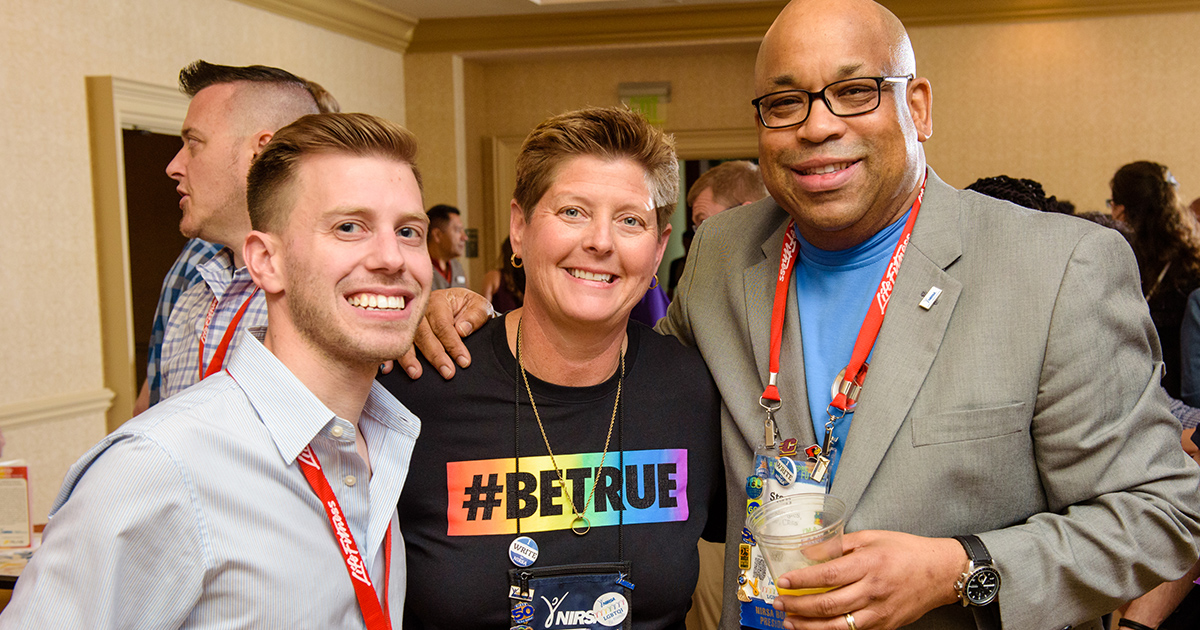
Tell us your Top 10 Humans of NIRSA
As NIRSA’s 75th anniversary approaches, there is a need for the association to make its history more accessible to members, to amplify diverse perspectives, and to archive our Association’s most significant milestones and individual contributors. NIRSA’s History and Legacy Committee—which was reconstituted as a standing committee in the spring of 2023—has been curating a range of milestones and profiles of legacy contributors related to our professional association.
The History and Legacy Committee is also hoping to amplify diverse perspectives as we work to honor the individuals and milestones that have made a positive impact on your NIRSA experiences.
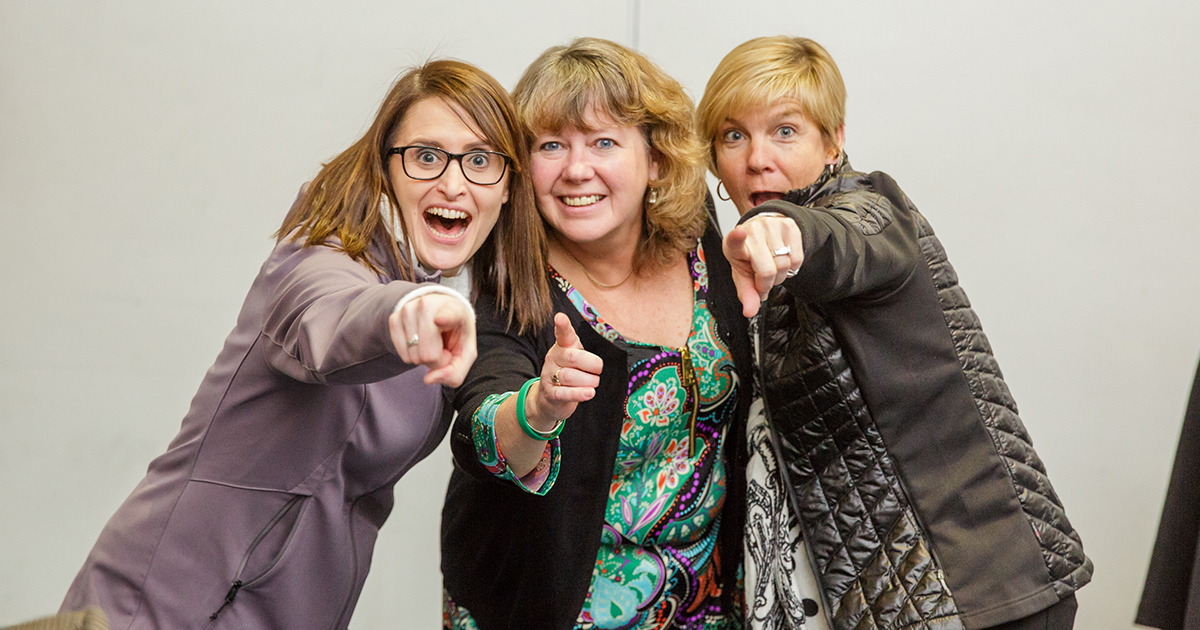
Take a few minutes this week to list up to 10 individuals, from your perspective, who have had the most significant impact on NIRSA, on the profession of campus recreation, and on your NIRSA experience. Don’t worry about listing them in any particular order.
- For more information, contact Lexi Chaput .
- If you are interested in highlighting your campus or a NIRSA member’s achievements on your campus, pitch us your ideas.
Lexi Chaput currently the Senior Assistant Director of Sport Programs and Development at the University of Michigan-Ann Arbor; she serves as a member of the NIRSA History & Legacy Committee and Co-Chair of NIRSA's 75th Anniversary Celebration Committee. She can be reached at lexic@umich.edu.


